This is the Willow Leafed Hakea or Hakea salicifolia, friend to Hakea sericea, the reason I think they are friends is that they have a lot in common, plus they were growing so happily together when I took these photos 😉 as you can see in the image below.
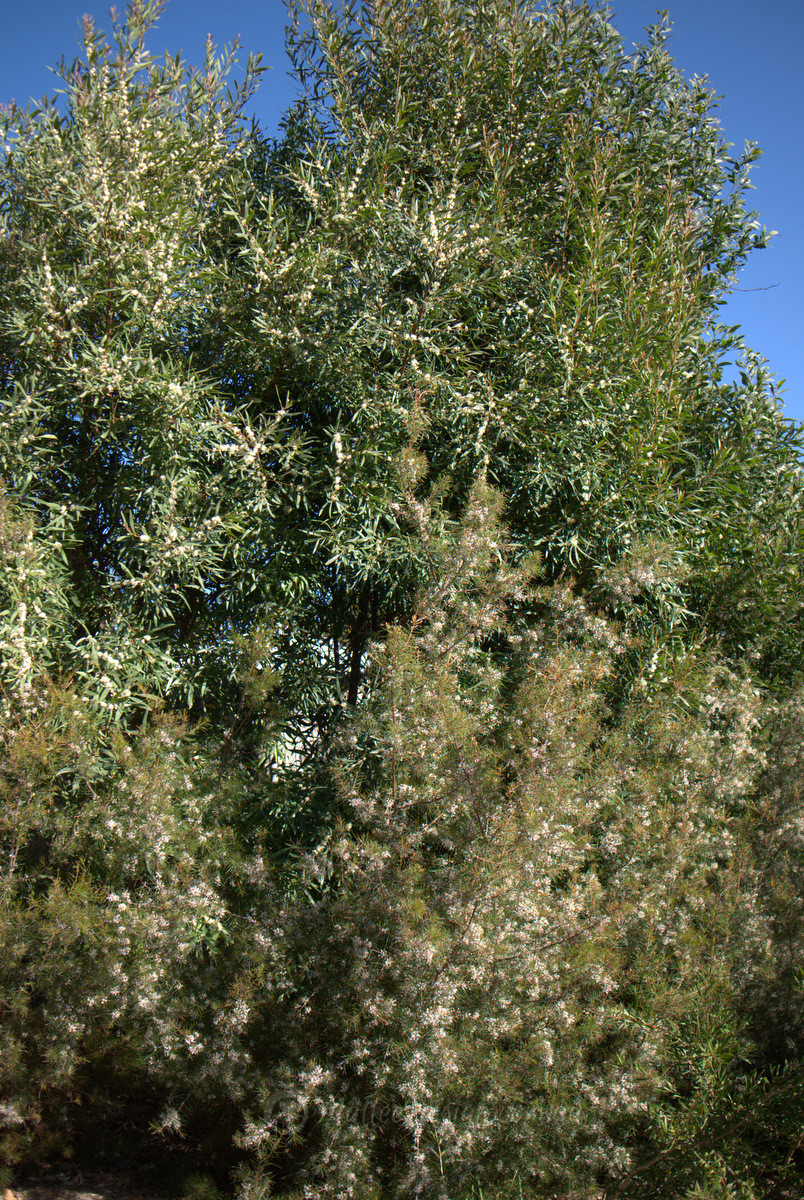
Hakea salicifolia is a fast growing large shrub reaching between 4-5 metres high and 3-4 metres wide. It has a large tough leaf and flowers profusely in winter and spring attracting bees and many small birds.
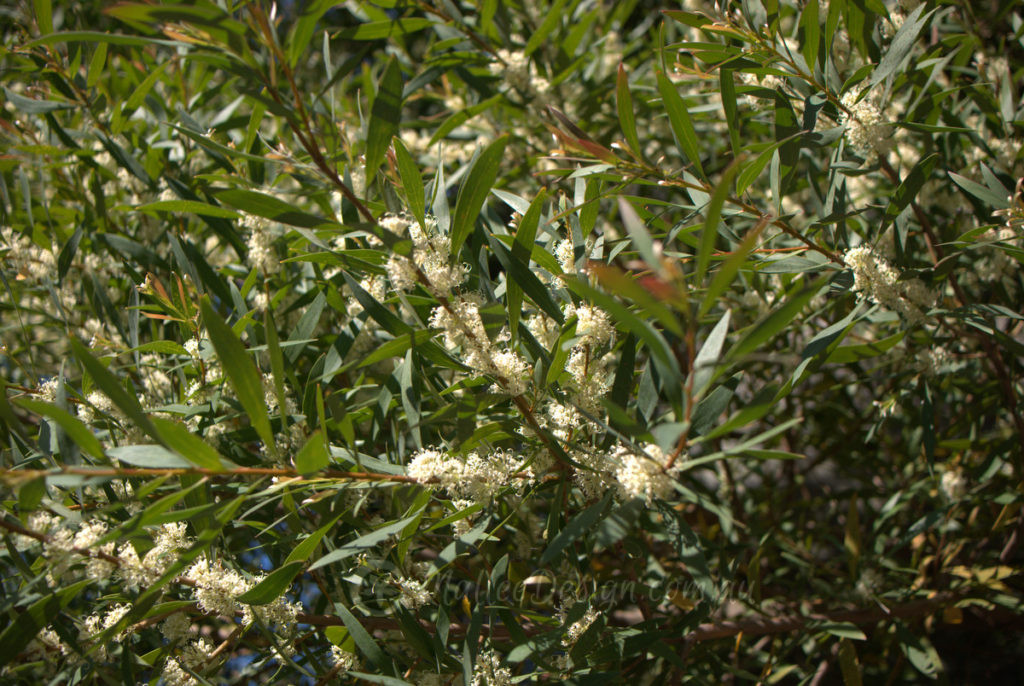
The dense habit provides excellent protective cover for small birds and the flowers offer food sources for birds of all sizes.
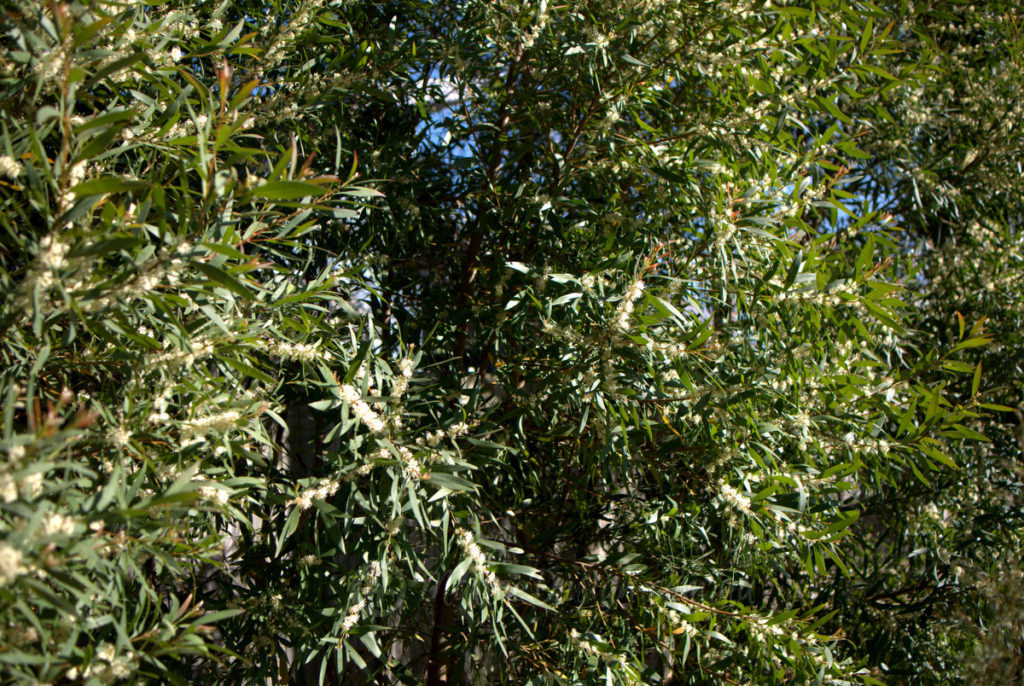
Hakea salicifolia is a very quick grower and therefore makes a useful screening plant, an annual prune will ensure it remains thick and bushy and doesn’t get too tall. It prefers an open open, well drained sunny location in an area with moderate rainfall, it is also frost tolerant. So if you are looking for a hedge or back ground screening plant that will also provides for the wildlife why not give it a try?

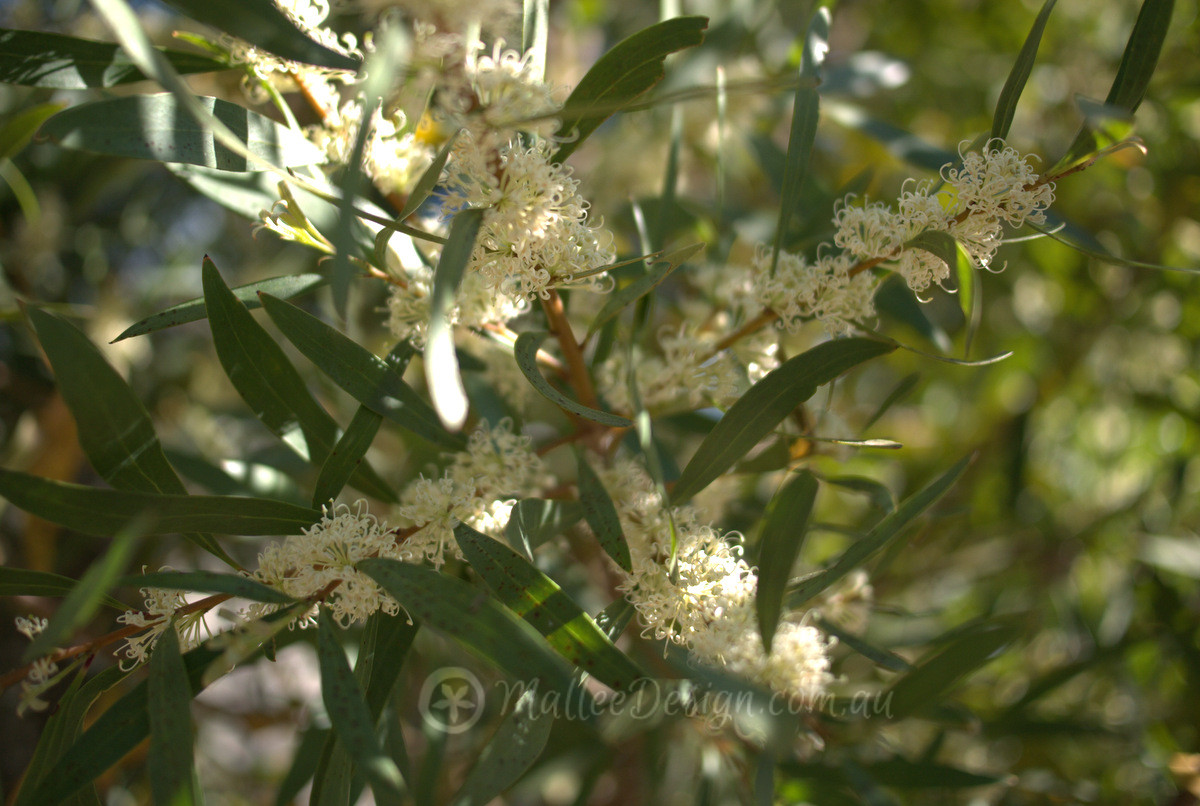
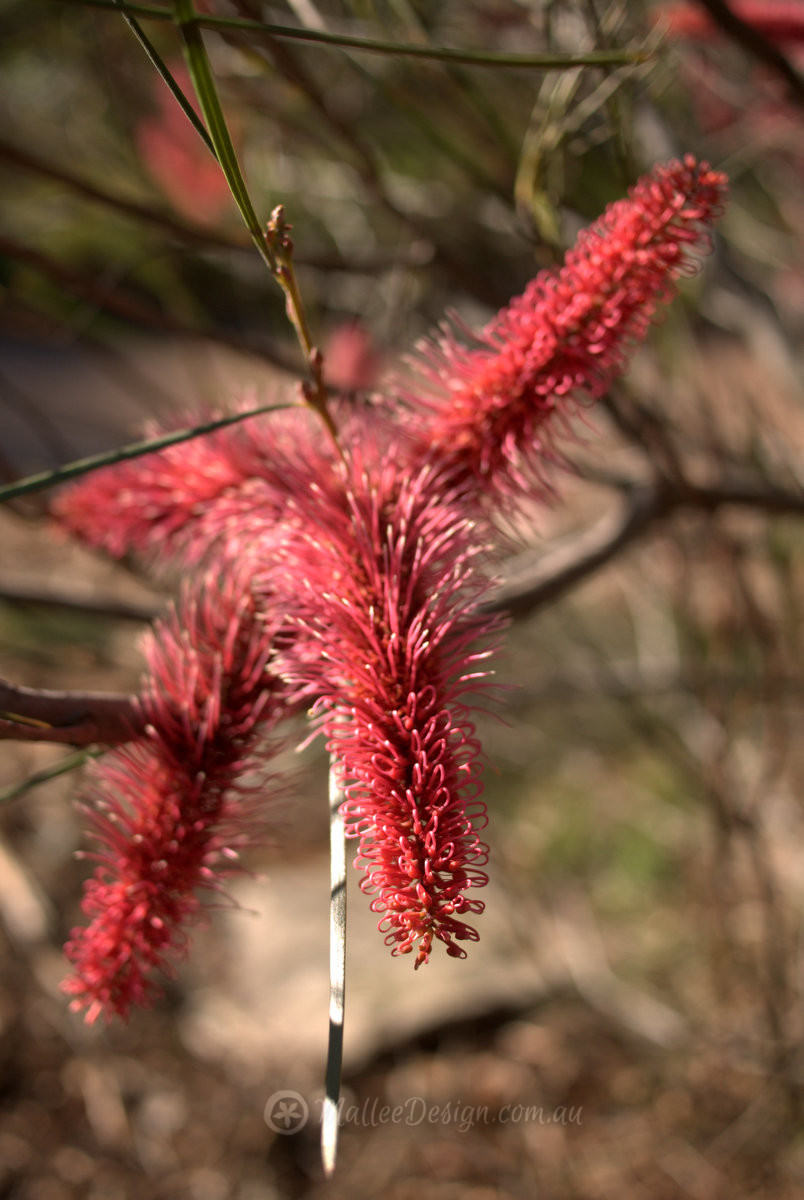
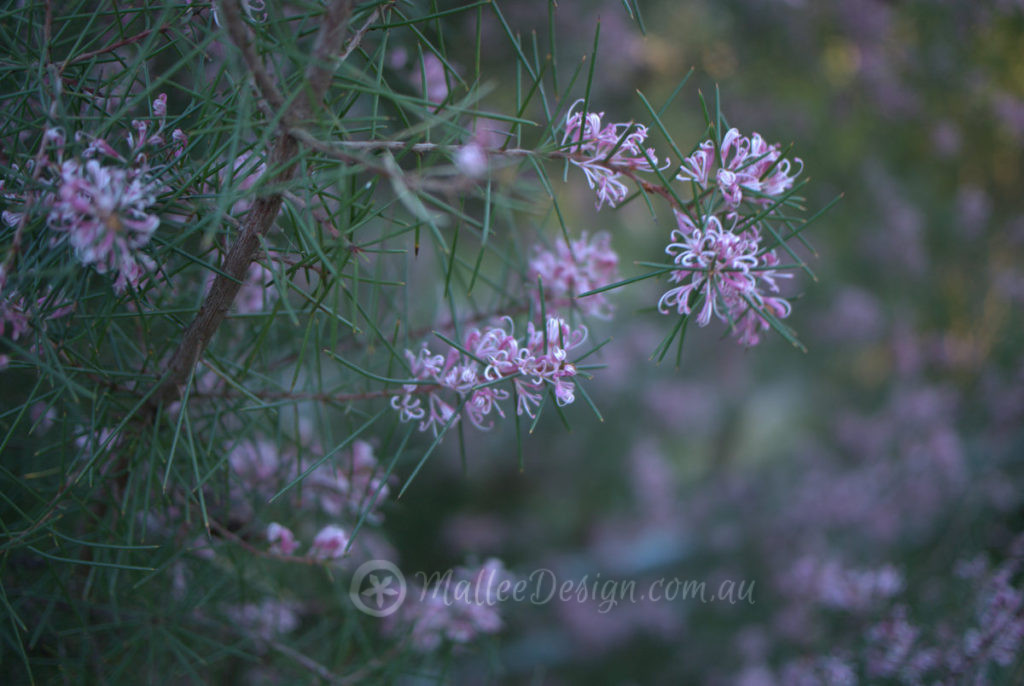
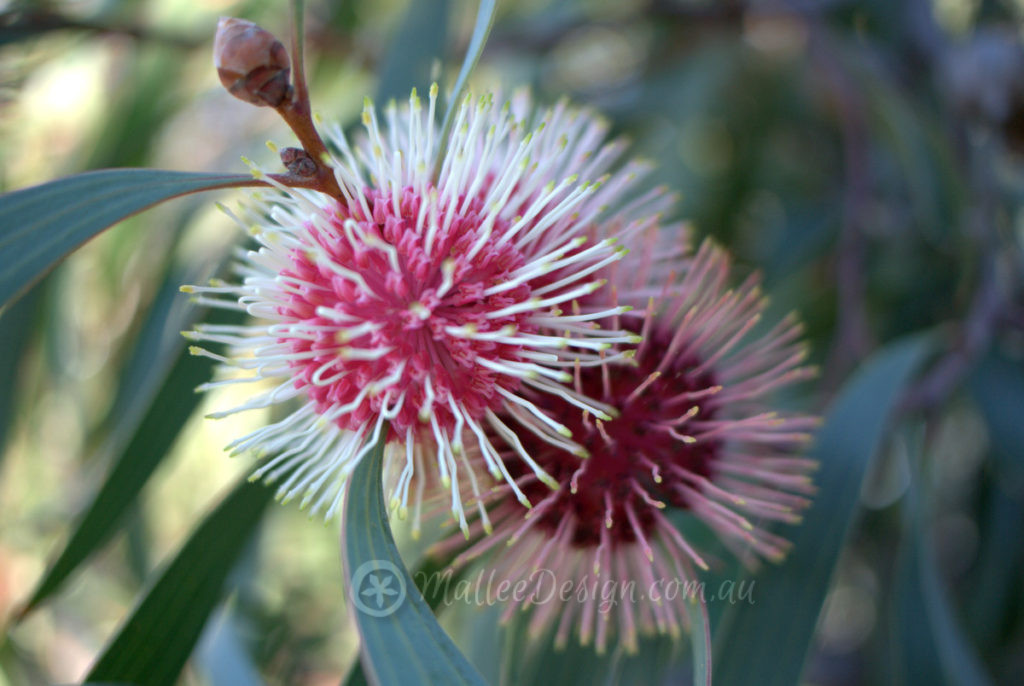
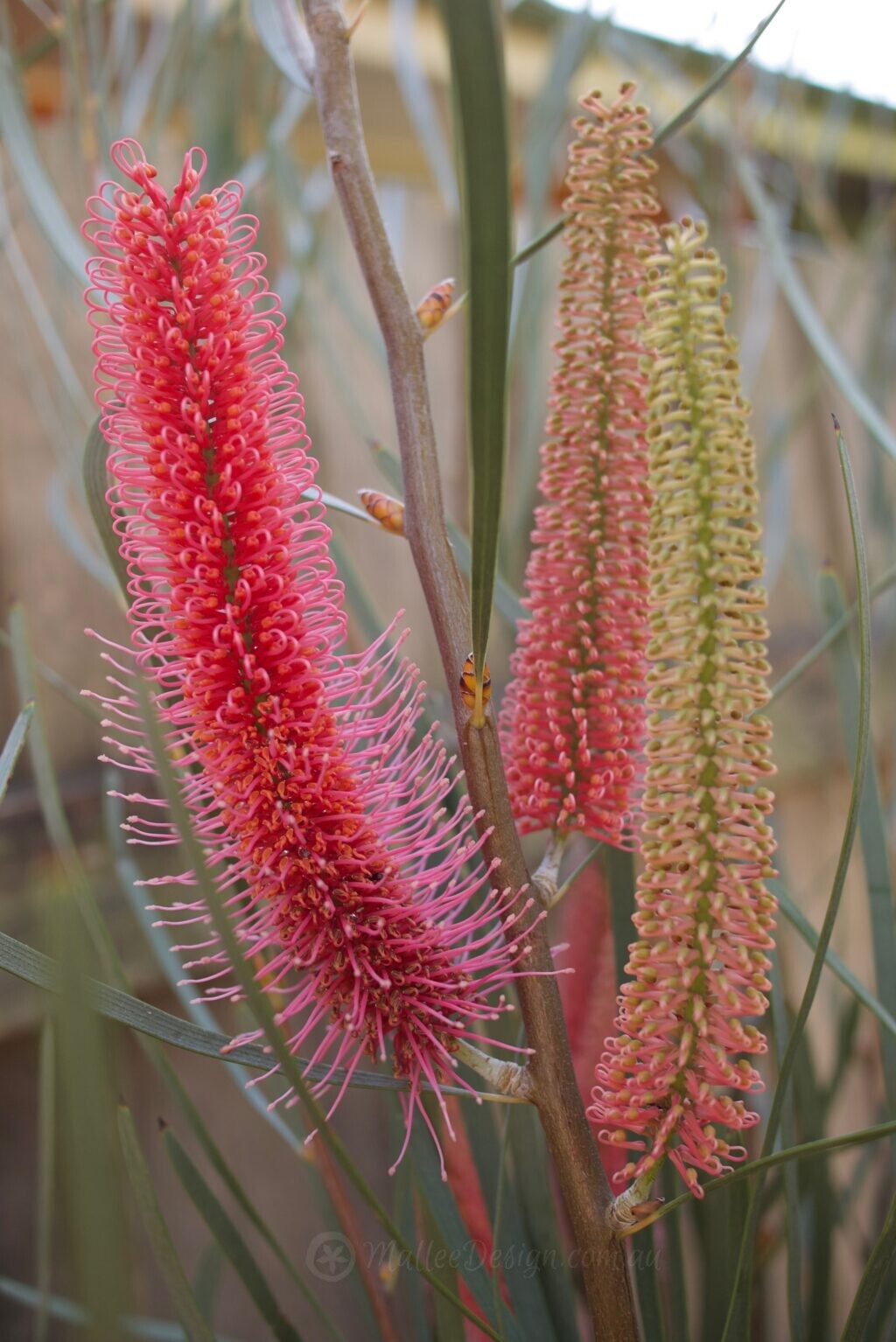
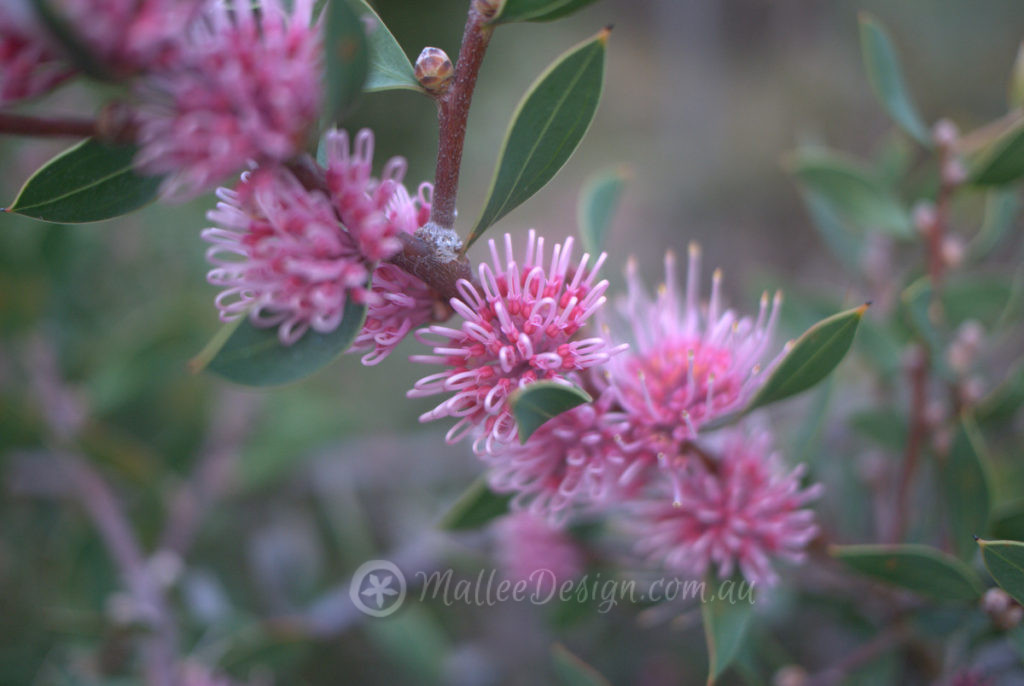
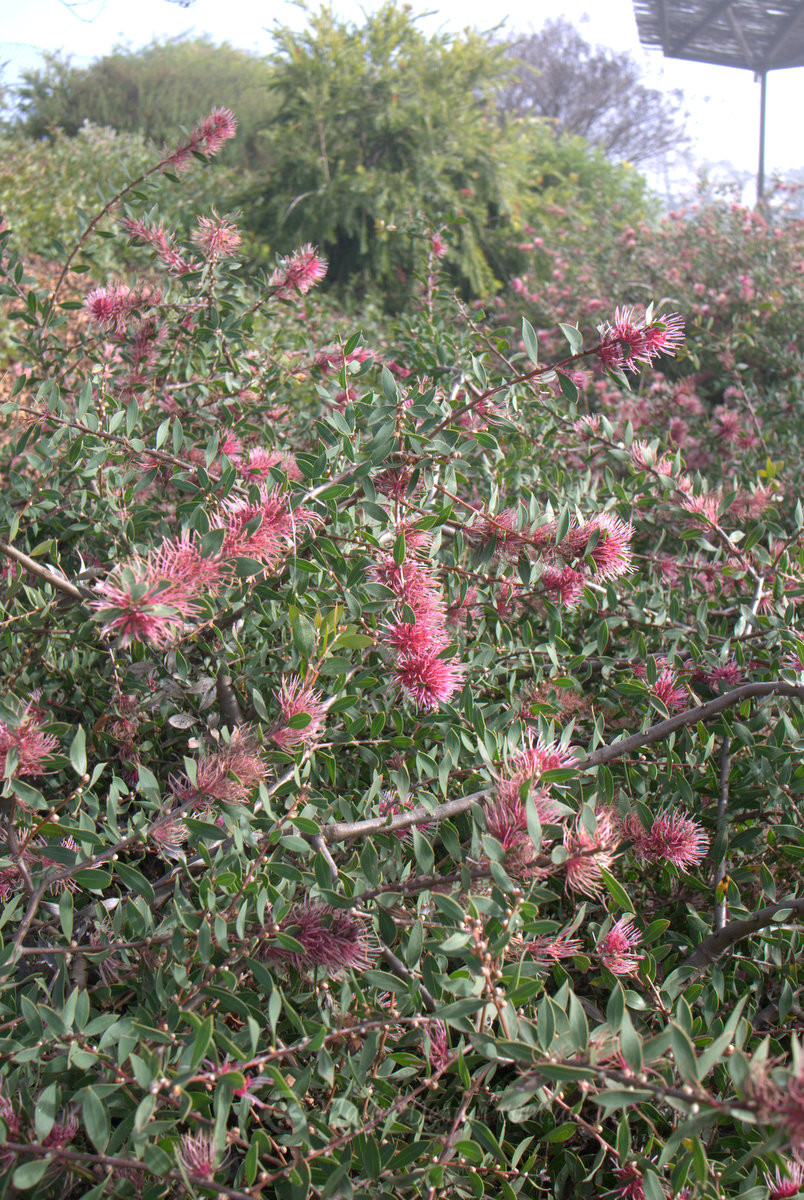
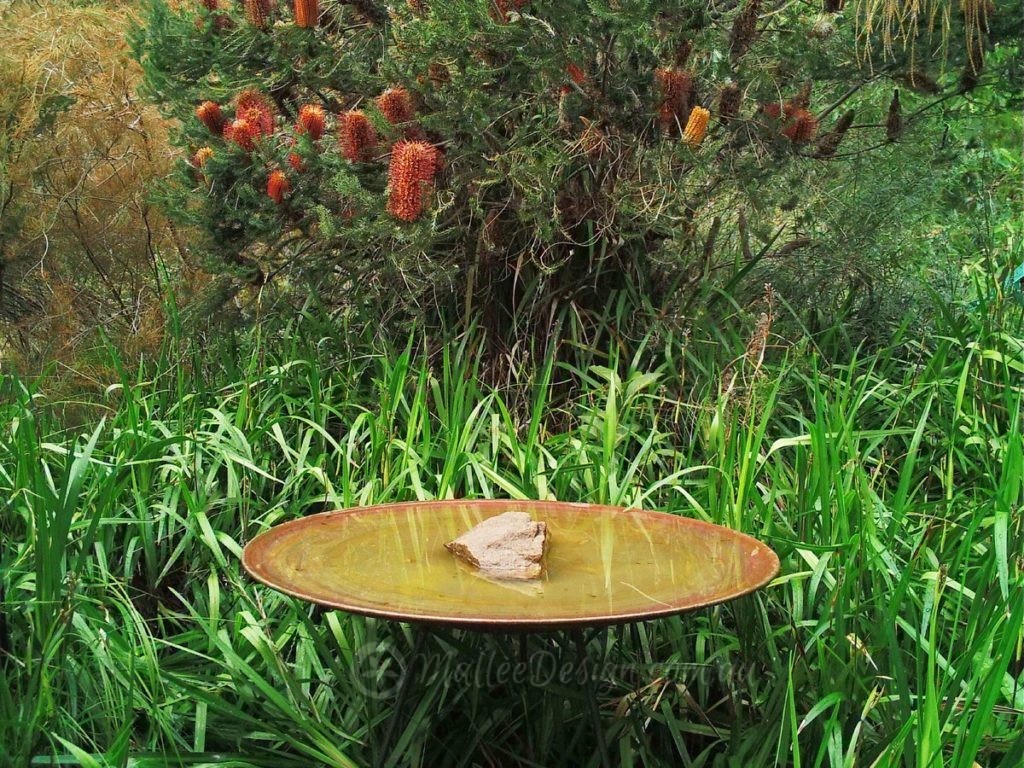
Leave a Reply